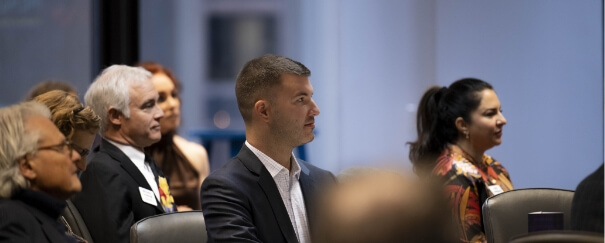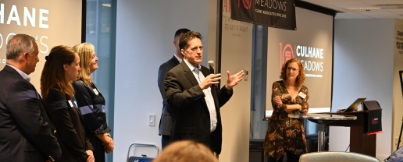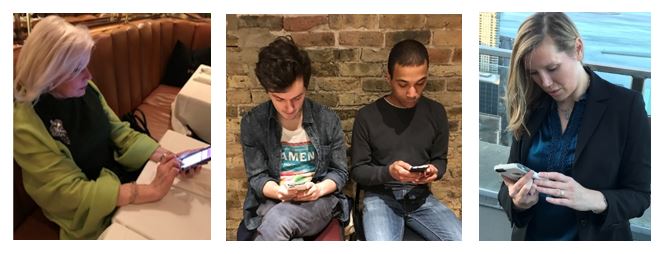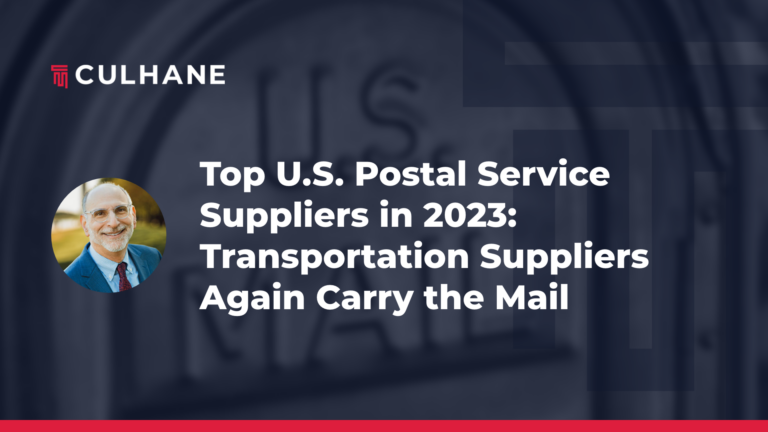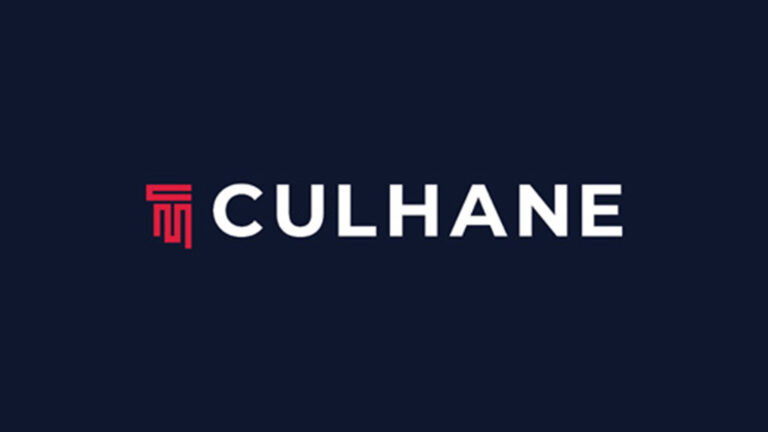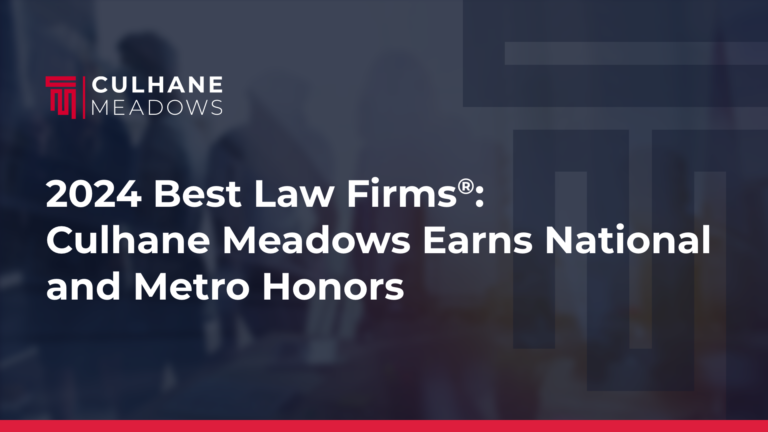Mobile devices have become extensions of our bodies and brains. We constantly are connected to them, using them virtually every time we want to know, find, watch or buy something. A 2016 study found that we look at our smart phone on average 2,617 times a day, for approximately 2.4 hours. Heavy users look at their smart phones on average 5,427 times a day, for approximately 3.75 hours.[i]
All the time we spend interacting with mobile devices has given rise to a burgeoning marketing practice called “micro-moment marketing.” Micro-moments are the mobile moments where we reflexively seek information that we consume or act upon. Each time we want to book a hotel room, figure out how to fix something, compare prices, or even find a date, we embark on a digital journey that leads us to brands.
With the rich data it collects from our online searches, the websites we visit (including where we shop), the videos we watch and our location, Goggle is a leading promoter of micro-moment marketing. Here is a link to a Google video that further illustrates micro-moments: Google micro-moments video.
These “in the moment” marketing opportunities can be need-driven or brand-driven. For example, we can turn to our smartphone to locate a gas station (need-driven) or to decide whether to buy a Nespresso or Breville espresso maker (brand-driven).
By creating new opportunities for meeting immediate customer expectations, micro-moments present companies with new ways to interact with consumers, grow market share and strengthen brand loyalty. (Conversely, poorly executed micro-moment marketing can erode brand confidence and loyalty.) Depending upon the particular need and circumstances, the conversion from a glance or multiple glances on a screen into an actual sale can vary from seconds to days to months to years. For example, while a person may buy office supplies with a click of a button, most people do not buy a car from looking at one or two screens on their smart phone.
To be engaged in an ongoing, real-time dialogue with customers, brands need to disseminate information across a variety of platforms, such as smart phones, tablets, desktop computers and laptops with different operating systems (e.g., Android, iOS, Windows). They also need a digital strategy that will easily draw in consumers. For example, the search results for “hotel rooms in Chicago” vary in content and graphic appearance, depending upon what device (e.g., laptop, tablet, smart phone) and what browser (e.g., Google Chrome, Safari, Bing) you use.
To reach and stay engaged with their audience, brands need to communicate through a variety of methods because not everyone absorbs information the same way. Complicating matters, our attention spans have shrunk to about 8 seconds.[ii] The bite-sized pieces of information companies feed to consumers in the form of FAQs, product descriptions and instructions affect the brand experience. Companies need to employ easy-to-absorb text, images, videos and pictographs and easy-to-use interfaces because each mobile moment also has an immediate impact on the brand experience and ultimately, over time, brand equity.
So what impact does micro-moment marketing have on the creation and protection of brands? While mobile technology is creating a sea change in how we communicate and is disrupting virtually every business model, at the end of the day, strong brands still matter.
- Select Strong, Bold Brands
Many marketers like brand names that describe an aspect of the product. If someone wants to find something online, why not give them a brand name that describes what they want and will show up early in an online search?
The problem with this reasoning is that the brand name is neither memorable nor legally protectable. Everyone is legally entitled to use the same descriptive words to describe their products or services. Anyone can call their water “refreshing” or their nail polish “slick.” Descriptive brands can function as legally protectable trademarks only when the brand owner has substantially exclusively and continuously used and promoted the brand so heavily that the public has come to recognize the descriptive wording as a brand name or trademark. SHARP for televisions is an example of a descriptive word that became a legally protectable trademark.
In an era of rapidly decreasing attention spans, an inspiring, distinctive brand laden with emotion, values and relatable stories will capture and retain consumer affinity over a flat, unemotional, descriptive brand. In 2016, the top 3 global brands were: (1) Apple, (2) Google and (3) Coca-Cola.[iii] Neither Apple nor Google describes a product or service offered under the brand, and the Coca-Cola mark has been so effectively promoted and managed for well over a century that consumers identify it as the sole source of a specific type of cola.
Strong, distinctive brands also are easier and less costly to protect legally. Select a brand that will resonate with and even jump off the screen and become lodged in the consumer’s mind.
Be bold and stand out from the crowd!
- Obtain Legal Clearance
Mobile marketing is making it harder and harder to find a trademark that no one else is using for several reasons. First, in the U.S., trademark rights start accruing through use. If someone is using a mark on their website for a product or service, even if the mark is not registered, that person probably has started accruing “common law” (unregistered) trademark rights. By adopting the same or a similar mark for the same or similar services, the second user is at risk for a trademark infringement claim.
Second, companies are rapidly expanding into what at once seemed to be disparate business lines, making it easier to build up a wide scope of trademark protection[iv]. For example, Amazon started as e-commerce retailer. The company now has U.S. trademark filings for and offers the following AMAZON branded goods and services: e-readers; tablets; power cords; headphones; clothing; movies; television programs; streaming services; publishing services; retail store services; electronic data storage and retrieval services; payment processing services; credit and debit card services; and advertising, marketing and business consulting services. The company even filed a trademark application for banking and mortgage services.
Third, the Internet allows non-U.S. companies to reach U.S. consumers. A Parisian perfume house or an Indian spice company selling to U.S. consumers online can build up trademark rights in the U.S. without a store or a trademark filing in the U.S.
The confluence of a global economy and the Internet has made it even more difficult to know whether the brand you want to adopt is being used by someone else. The best way to navigate through the global sea of commerce is to have a trademark lawyer review a comprehensive trademark search report, which will disclose unregistered trademarks from numerous databases, websites and apps. While formal trademark clearance is an investment, it typically is less costly than having to scrap a brand in which you have heavily invested and consumers have started to follow.
Look before you leap!
[i] See https://blog.dscout.com/mobile-touches.
[ii] Microsoft conducted a study of 2,000 Canadians in 2015 and found that the average attention span of a person, in large part due to our digital lifestyle, has dropped to 8 seconds. This is less than that of a goldfish, which purportedly has an attention span of 9 seconds. See https://time.com/3858309/attention-spans-goldfish/ and https://www.telegraph.co.uk/science/2016/03/12/humans-have-shorter-attention-span-than-goldfish-thanks-to-smart/.
[iii] See https://interbrand.com/best-brands/best-global-brands/2016/ranking/.
[iv] For a discussion of building up strong Internet brands, see https://culhane.law/disruptive-branding/
Author Paula Krasny is a partner in Culhane Meadows’ Chicago Office. For over twenty-five years, she has served as a trusted advisor to some of the world’s leading brands by bringing strategic, creative, and practical solutions to protect, monetize, and increase the equity in their brands. She can be reached at PKrasny@culhane.law
This Blog/Web Site is made available by Culhane Meadows PLLC and its attorneys for educational purposes only and to provide general information about the law—not to provide you specific legal advice. By using this Blog/Web Site you understand that there is no attorney client relationship between you and any Culhane Meadows attorney. This Blog/Web Site should not be used or relied upon as a substitute for competent legal advice from a licensed professional attorney in your jurisdiction. Also, please note that although this Blog/Web Site is made available on the Internet, Culhane Meadows attorneys do not seek to practice law in any jurisdiction in which they are not properly authorized to do so.



